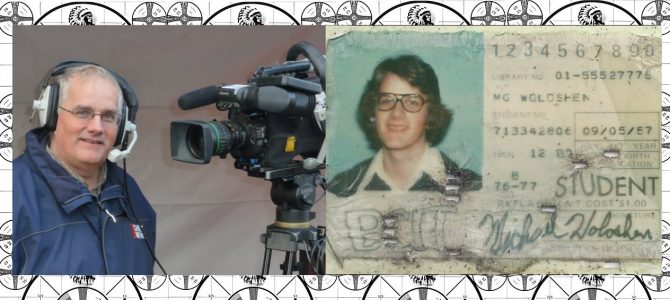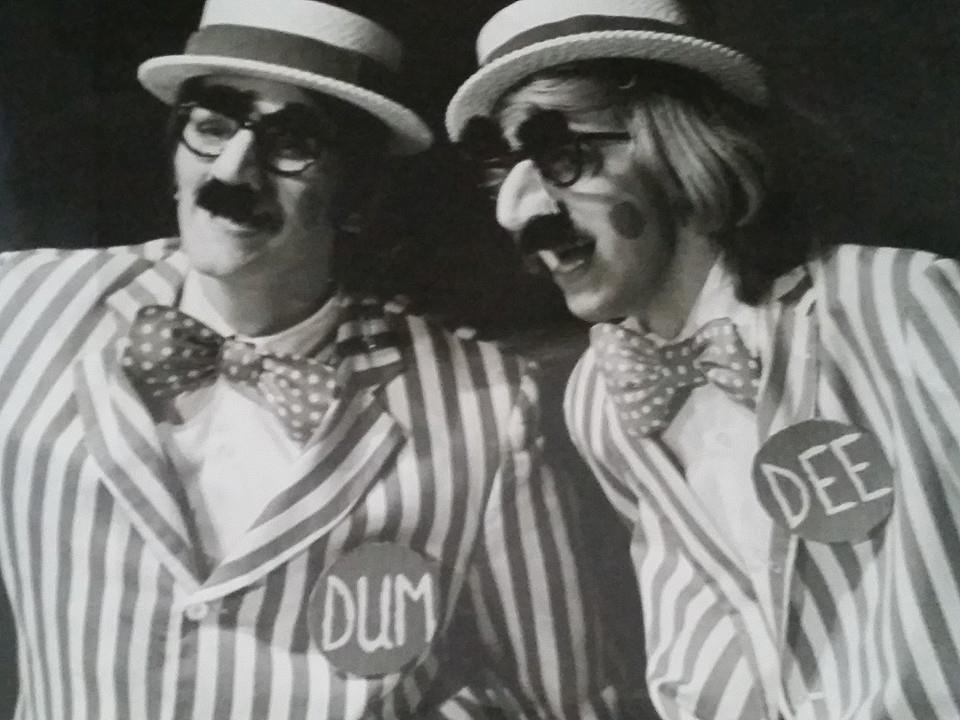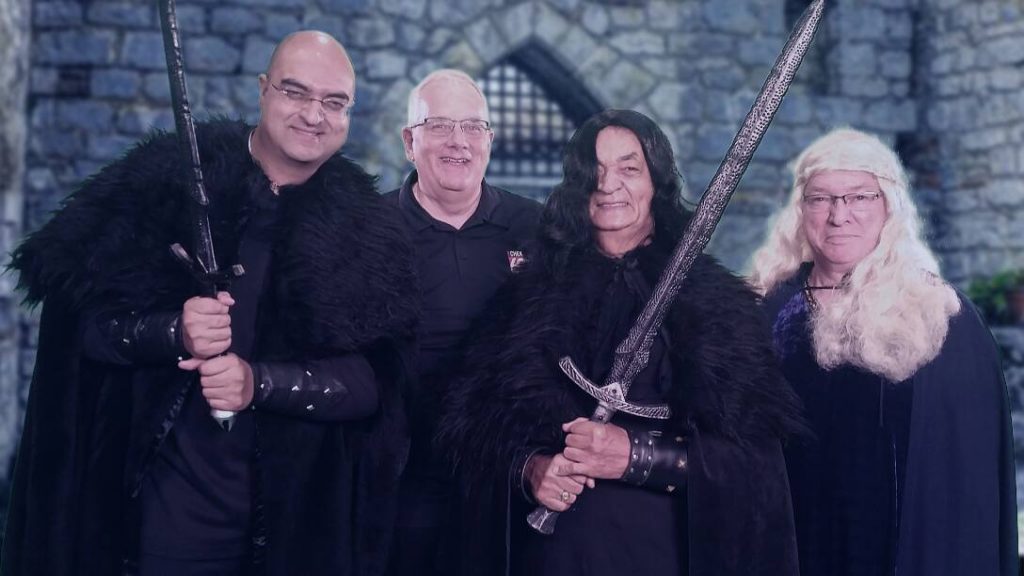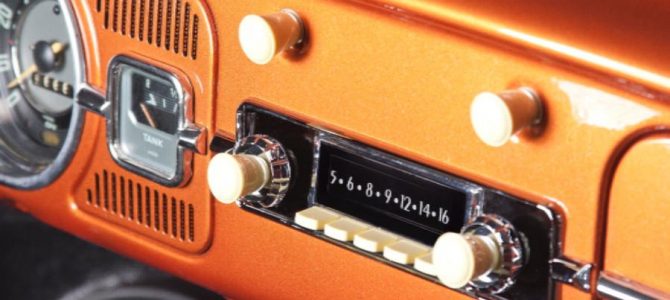
The other week I got a message from my oldest daughter sadly mentioning the fire at Ricky’s All Day Grill here in Victoria, a restaurant we used to frequent every now and then when our girls were small. I immediately went to CHEK News’ website to find out about it.
What was curious to me was that my daughter knew about it before I did. I’m a news junkie myself and usually start my day reading the paper and perusing news websites.
So I asked her where she found out about it.
She told me that one of her coworkers saw the story on Facebook in a community called What The Hell Just Happened. Well, that was news to me.
It’s an interesting thing, where our adult children get their news and information these days.
When I was a kid (oh, here she goes!), there was radio and there was television. And, of course, there were newspapers. Radio would have more up-to-the-minute news, usually at the top of the hour. My parents always had the radio on.
My husband’s father was a radio announcer and a news director at various stations, so the radio was definitely always on in their house.
Typically, we would find our parents with their faces buried in the local paper every morning or evening, depending on when they had a chance to read it.
When our family got a television sometime in the 60’s, the news was something you watched at around 6pm every night. So as it turned out, you didn’t know about a lot of events that had happened in the rest of the world until that time.
And of course, during our parents’ youth, back from the 1920’s to the 40’s, sometimes it was weeks or months before they learned about what was going on somewhere else in the world.
Imagine that. Not knowing about a war or an earthquake somewhere far away until long after it had happened.
These days, we have tweets and videos immediately after, or right at the moment of something happening.
And as we have learned over the last few years, this leads to a lot of MIS-information. Sometimes it’s innocent, sometimes not.
This is exactly why we need to be able to trust who is giving us the information. Radio, television and newspaper reporters are trained to research the heck out of any information they pass on as news. Sometimes they get it wrong too, of course, but not for lack of trying.
Sadly, the trend these days appears to be fewer and fewer traditional sources, especially of local news. Smaller newspapers are shutting down everywhere, and television and radio stations are disappearing off their respective “dials”.
The recent news about the 1,300 positions being cut, and the selling or shuttering of 9 radio stations at Bell Media, is a shock. But then it’s not.
Business models are changing as the internet and social media are taking over. So the federal government has passed Bill C-18 in order to force companies like Meta and Google to pay for the news they allow and/or distribute on their platforms.
But now these very rich, mega companies are fighting back and threatening to block Canadian news from their websites. Heaven forbid they should share their gobs of money!
I mean, on the one hand, the advances in technology can be exciting. I read my paper digitally. I can even read the New York Times online because I have a library card from the Greater Victoria Public Library!
I can keep up with what’s happening by following local news accounts on social media. But I’ll watch it on TV too. Because I’m old. Make that “older”.
So is traditional news gathering on its way out? I sure hope not. Losing local news and dedicated, educated journalists and reporters is bad for all of us, young and old.
Which is why I’ll make a little adjustment to that age-old idiom.
No news is, in fact, “bad” news.




